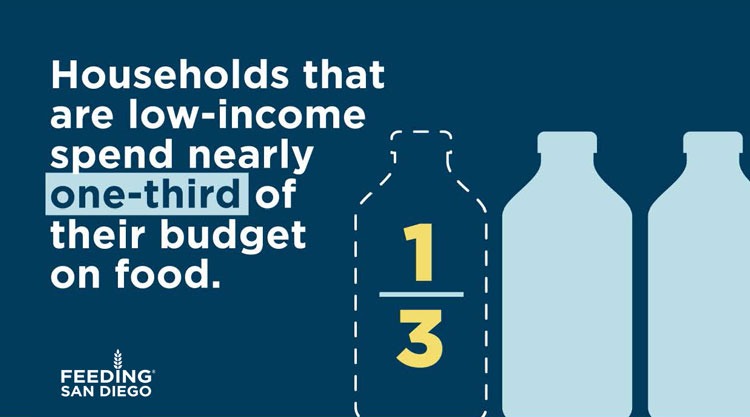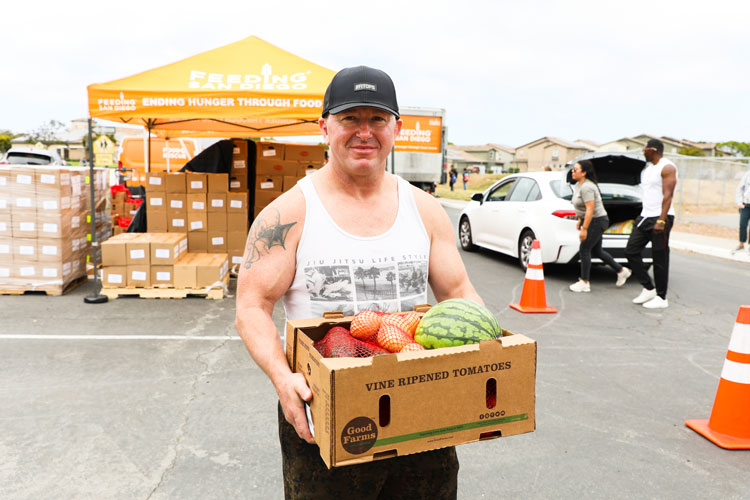Inflation Takes Hold, Creating Challenges for Hunger-Relief Organizations and Those We Serve
Inflation has become impossible to ignore. Throughout the country, families are watching the prices of nearly everything soar. Food budgets simply don’t stretch as far or buy as much as last year. Inflation, which includes staggering gas prices here in California, continues to create ripple effects throughout everyone’s lives. These price increases are especially challenging for those who already relied on hunger-relief organizations like Feeding San Diego. In addition, many members of our community find themselves turning to food assistance for the first time.
Source: United States, Congress, U.S. Department of Agriculture, and Matthew MacLachlan. Food Spending as a Share of Income Declines as Income Rises, U.S. Department of Agriculture, 8 Nov. 2021. www.ers.usda.gov/data-products/chart-gallery/gallery/chart-detail/?chartId=58372. Accessed 25 Apr. 2022.
Facing Impossible Choices
Do I buy food or pay the electric bill?
Do I risk running out of gas on the way to work to buy groceries?
These are the types of choices that millions of Americans face every day. These decisions only become more difficult as the cost of groceries continues to increase. Many households already spend one-third of their income on food. With such a tight budget, even small increases can have monumental impacts.
Source: “Consumer Price Index Summary.” U.S. Bureau of Labor Statistics, 12 Apr. 2022, www.bls.gov/news.release/cpi.nr0.htm.
According to the Bureau of Labor Statistics, in the last 12 months, food prices in San Diego have increased by 9.7 percent. And that’s not all. Energy prices have jumped over 35 percent. Plus, the prices of just about everything else have increased by about 5.6 percent.
We often hear stories from those we serve about how these price jumps affect them. We spoke with David, stationed at Camp Pendleton, about his family’s experience.
“I’ve been coming to the food distribution for about a year. The fact is that gas has gone up almost $2 a gallon,” he said, shaking his head. “It really does help people a lot when it comes to budgeting and getting well-balanced nutrition. It helps sustain us.”
David with the food he received at the Camp Pendleton food distribution
Meeting Demands in the Face of Rising Costs
As families struggle to stretch their budgets to cover these compounding costs, many turn to organizations like Feeding San Diego to fill in the gaps. However, hunger-relief organizations are not immune to the effects of rising prices.
According to Feeding America, the nation’s largest hunger-relief organization, food banks are paying 40 percent more to purchase the same amount of food as in 2021. Outside of food costs, food banks are also paying more for the costs of everything from fuel to vehicle maintenance. The crossover of elevated prices and increased need creates a unique situation for hunger-relief organizations like ours.
Amid all these challenges, many pandemic-era programs are set to expire.
“Feeding San Diego is spending about 20% more on food compared to last year, both because of inflation and because the need for food assistance has increased significantly, so we have to buy more food,” said Patty O’Connor, Chief Supply Chain Officer of Feeding San Diego. “We are doing our best to stretch every dollar by sourcing locally whenever possible to avoid steep transportation costs and proactively seeking food donations or opportunity buys on all products.”
Source: “Feeding America Calls for Action as Hunger Crisis Worsens.” Feeding America, 15 Apr. 2022, www.feedingamerica.org/about-us/press-room/hunger-crisis-worsens. Accessed 11 May 2022.
How to Take Action
Amid all these challenges, many pandemic-era programs are set to expire. Families and food banks alike need help from lawmakers to keep afloat. You can take action today by telling Congress to invest in The Emergency Food Assistance Program.












